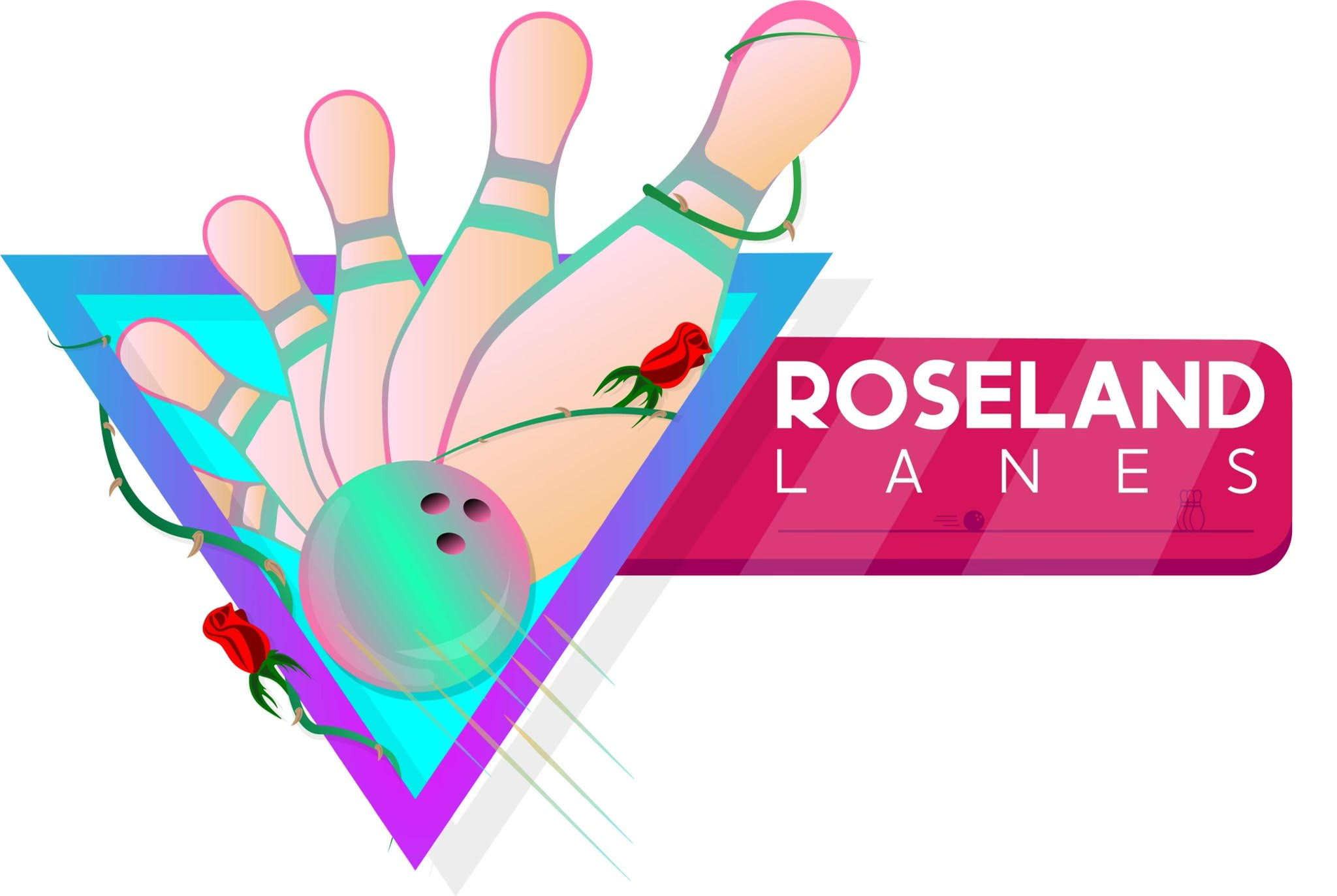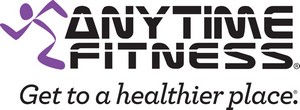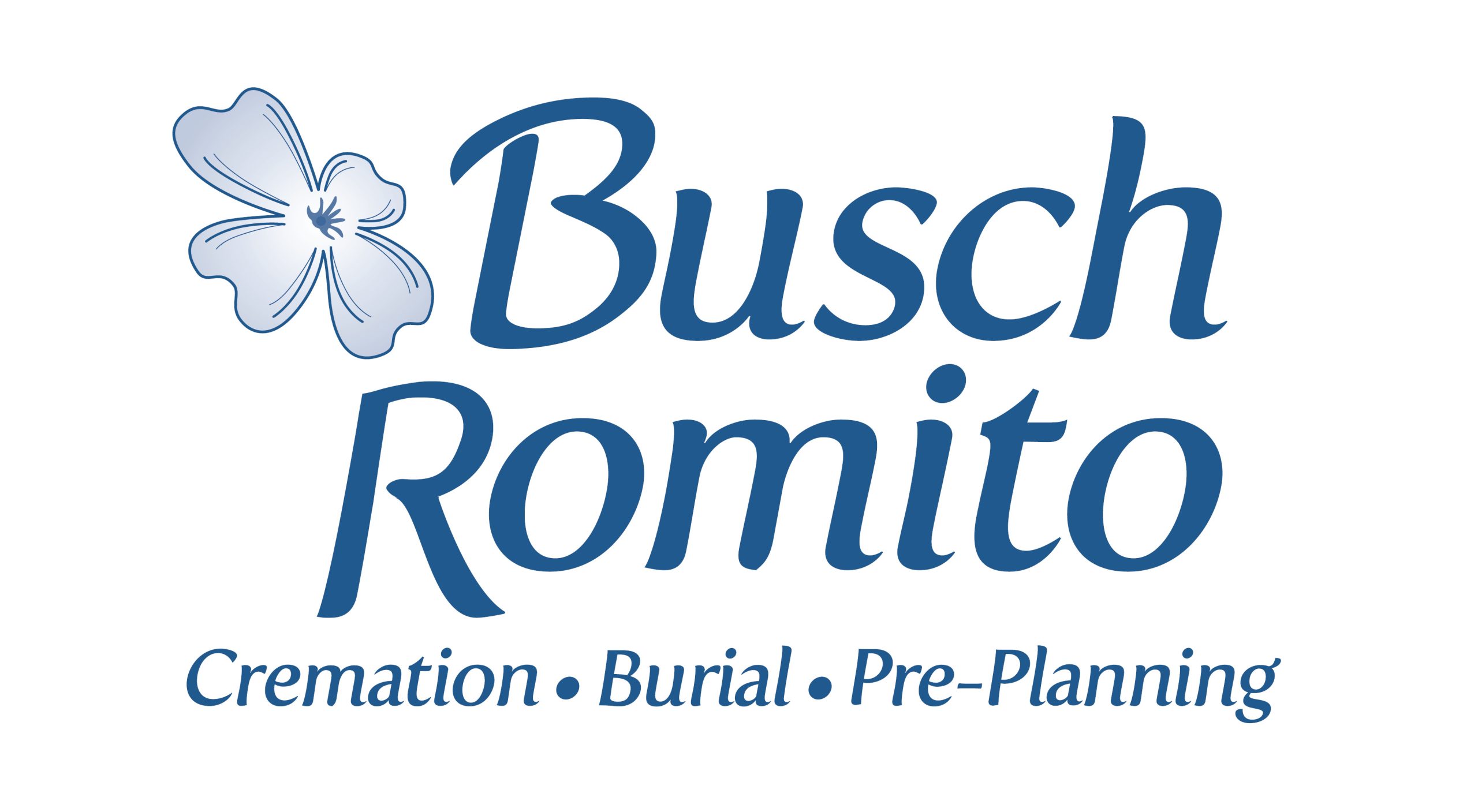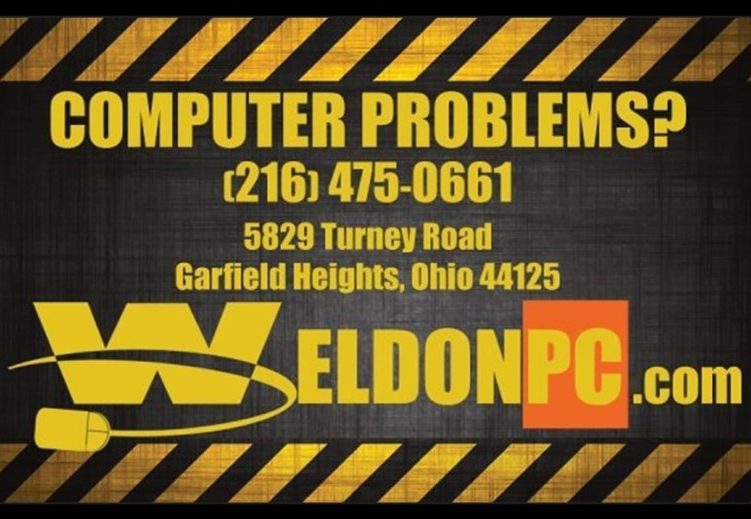Home renovations and improvements can be costly, running tens of thousands of dollars. Fortunately, you can borrow against your home’s equity to finance the cost of these projects. And you have two main options when deciding how to best do this, both involving home equity.
One of the benefits of owning a home is building equity. This is the difference between what you owe on your mortgage and what your home is worth. Say your home is worth $350,000 and you owe $150,000 on your mortgage. You have $200,000 of equity. You can borrow against a portion of that equity to pay for anything you’d like, including home improvements. How do you do this? With either a home equity loan or a home equity line of credit.
Home equity loans
A home equity loan is a second mortgage that you take out against the equity in your home. If you have $200,000 in equity, your lender might approve you for a home equity loan of $170,000. You’ll receive that money in a single payment that you can spend however you’d like.
You’d then pay back your loan, with interest, in regular monthly payments, just like you do with your primary mortgage. If you have both a primary mortgage and a home equity loan, you’ll make two payments every month until you pay off these loans.
The benefit of home equity loans is that they usually come with far lower interest rates than what you’d pay when using a credit card to cover home renovations or when taking out a personal loan.
Home equity line of credit
You can also apply for a home equity line of credit, which acts a bit like a credit card, with your credit limit determined by your equity.
If you have $200,000 of equity, you might qualify for a home equity line of credit, or HELOC, with a credit limit of $170,000, meaning that this is the maximum you can borrow.
With a HELOC, you only pay back what you borrow. Say you have a HELOC with a spending limit of $170,000 and you borrow $70,000 to pay for a major kitchen remodel. If that’s all you borrow, that’s all you’d pay back.
HELOCs come with two phases: the draw period and the repayment period. The draw period is when you can borrow money. This period typically lasts from five to seven years. During the draw period, you only pay for the interest on what you borrow.
When the draw period ends, your HELOC enters its repayment period. During this period, you can no longer borrow money and must instead pay back both the principal and interest of what you’ve borrowed in regular monthly payments. Your monthly payment, of course, will be significantly higher during the repayment period.
You get tax benefits
Taking out a home equity loan or HELOC can provide tax benefits, too. If you use the funds from these loans to pay for home improvements that increase the value of your home, you can deduct the interest that you pay on them on your income taxes.
You can’t take this deduction, though, if you use your home equity loans to pay for anything else, such as paying off credit card debt or funding your child’s college tuition. The rules can be complicated, so work closely with a tax professional.
Claudine Steinfurth
REALTOR®
(216) 409-4039
csteinfurt@aol.com
RE/MAX Above & Beyond
7570 Chippewa Road
Brecksville, OH 44141





















